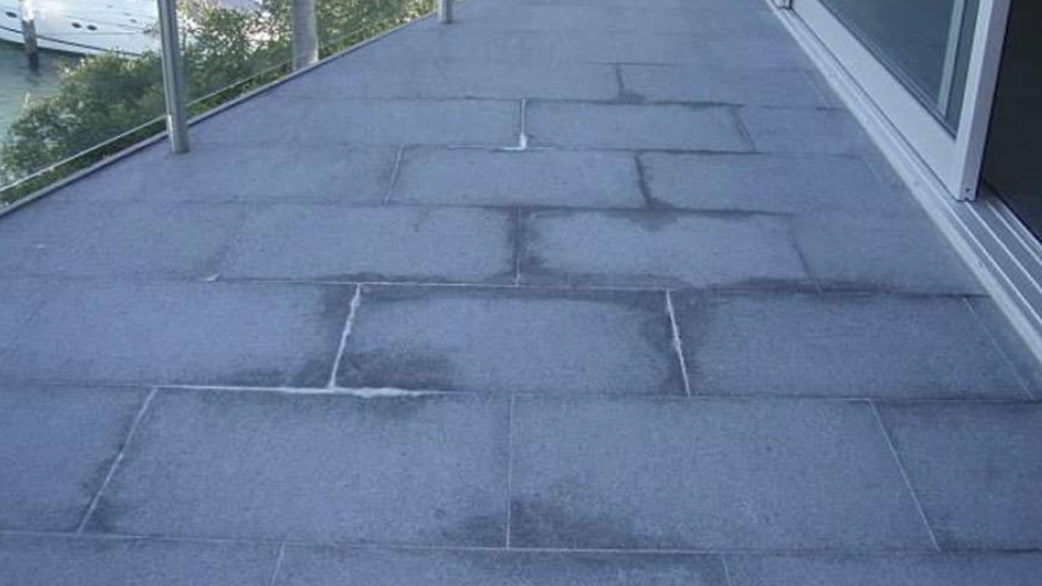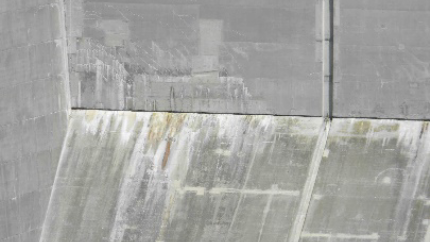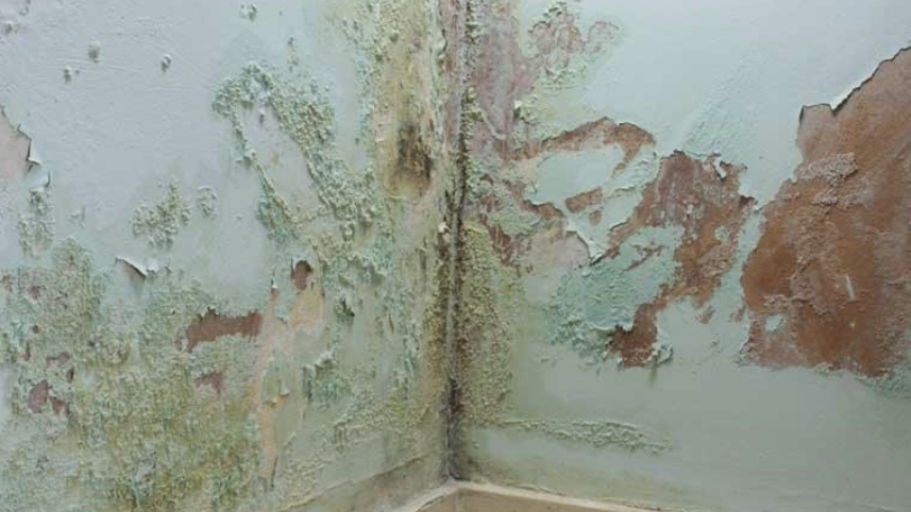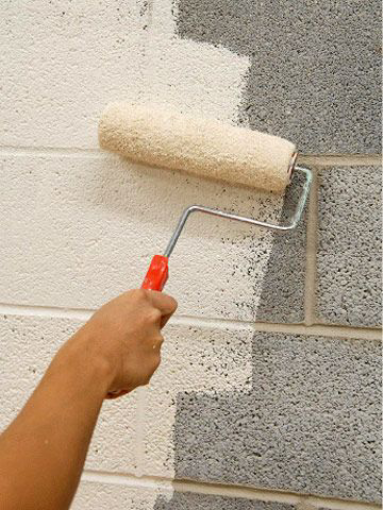One need not be a keen observer to have spotted an efflorescence. It might only be that you don’t know what it’s called. Efflorescence is the deposition of salt on the surface of fresh, coated/ uncoated concrete. It can form when water is present in or on brick, concrete, stone, stucco, or other building surfaces. It has a white or greyish tint and consists of salt deposits that remain on the surface after water evaporates.
.
How does efflorescence occur?
Penetration of water into the concrete causes the alkali present in it to migrate to the surface. At the surface, the alkali comes in contact with carbon dioxide from the air and forms calcium, sodium, or potassium carbonate. This migration of alkali is possible because of voids in the surface, high moisture absorption, slow drying, and porous substrates.
The following are the most common salts found in efflorescence:
- Calcium carbonate
- Sodium carbonate
- Potassium carbonate
- Calcium sulphate
- Sodium sulphate
- Potassium sulphate
“Sodium and potassium carbonates are soft salts and can be easily removed, but calcium carbonate is a hard salt and can be a challenge to clear.”
.
Forms of efflorescence
- Primary efflorescence: Occurs during the curing and hardening phase of concrete.
- Secondary efflorescence: Occurs from the weathering of cured concrete.
- Crypto efflorescence: Occurs when salt deposits in the pores of the concrete. Might result in disintegrating the paint film on the surface.



Prevention
No doubt, techniques have been evolved to clean efflorescence, but prevention is the best way to maintain the integrity and strength of the structure. Coating the substrate with efflorescence resistant paint has proven to be the most economical prevention method.
Not any paint, and not any method of application will provide you with the desired results. Concrete surfaces are highly porous and a challenge to paint, as the painting process must ensure that all uneven surfaces and voids have been filled completely. This reduces the chances of water absorption and penetration.
Not only is the exterior durability a must in the paint film, it’s efficacy to form a smooth film is equally important.
Even the best binders will not perform as expected if film formation is deficient. Incomplete film formation can give rise to early film degradation on exposure to the elements, resulting in excessive chalking or fading.
Formulators must not only focus on the polymer chemistry but also on additives which promote film formation, such as wetting additives and coalescing agents.
.

Reference formulations for Medium and High PVC emulsion paint
.
| Raw material | Function | Quantity (% w/w) | Quantity (% w/w) |
| Water | Solvent | 18 | 18 |
| Natrosol HBR | HEC Thickener | 0.2 | 0.2 |
| Antifoam K 512 | Defoamer | 0.2 | 0.2 |
| AMP 95 | pH stabilizer | 0.1 | 0.1 |
| Texcryl D-50 | Dispersing agent | 0.5 | 0.5 |
| Pat-Add DA 202 | Wetting agent | 0.5 | 0.2 |
| Titanium dioxide (R-902) | Pigment | 22 | 3 |
| Calcium carbonate | Filler | 11 | 26 |
| Kaolin clay | Filler | 11 | 31 |
| Proxel 106 | Biocide | 0.1 | 0.1 |
| Propylene glycol | Film former | 2.3 | 2.3 |
| Letdown | |||
| Water | Solvent | 1 | 1 |
| Texcryl P-82 | Pure acrylic emulsion | 28 | 10 |
| Antifoam K 512 | Defoamer | 0.2 | 0.2 |
| AMP 95 | pH stabilizer | 0.1 | 0.1 |
| Texanol | Coalescing agent | 1.5 | 0.5 |
| Texcryl MT-30 | HASE thickener | 1 | 1 |
| Water | Solvent | 2.3 | 5.6 |
| Total | 100% | 100% | |
| PVC | 50% | 80% | |
| Processing details | |||
| Equipment | High speed disperser | ||
| RPM | 2500 | ||
| Mixing time | 1 hr | ||
.
How to test for efflorescence resistance of paint?
- Apply the coating in two coats (with 24 h between coats) to porous clay bricks, leaving a few centimeters uncoated at the bottom of the brick.
- After 24 h of drying, place the bricks in a saturated sodium chloride solution for several weeks.
- During the test, add water or salt to the solution to ensure that the level remains constant.
- Observe changes in film appearance (blisters, salt deposits, cracking, etc.) over a period of up to three weeks.
.
References
- Paints & Coatings Industry. Efflorescence: Substrate wetting additives make a difference. Suvarna Dagli. 2018.
- Masonry Magazine. Tackling And Managing Efflorescence. Jayson Kellos. 2020
- Nitterhouse Masonry Products, LLC. What is Efflorescence and how to remove it.
- Wikipedia – Free Encyclopedia. Efflorescence
- Innovative Building Materials. How to stop salt from coming out of the wall. Matt Greenfield.
- Top Exterior Painting. Silivia Parahyang. May 2020.

